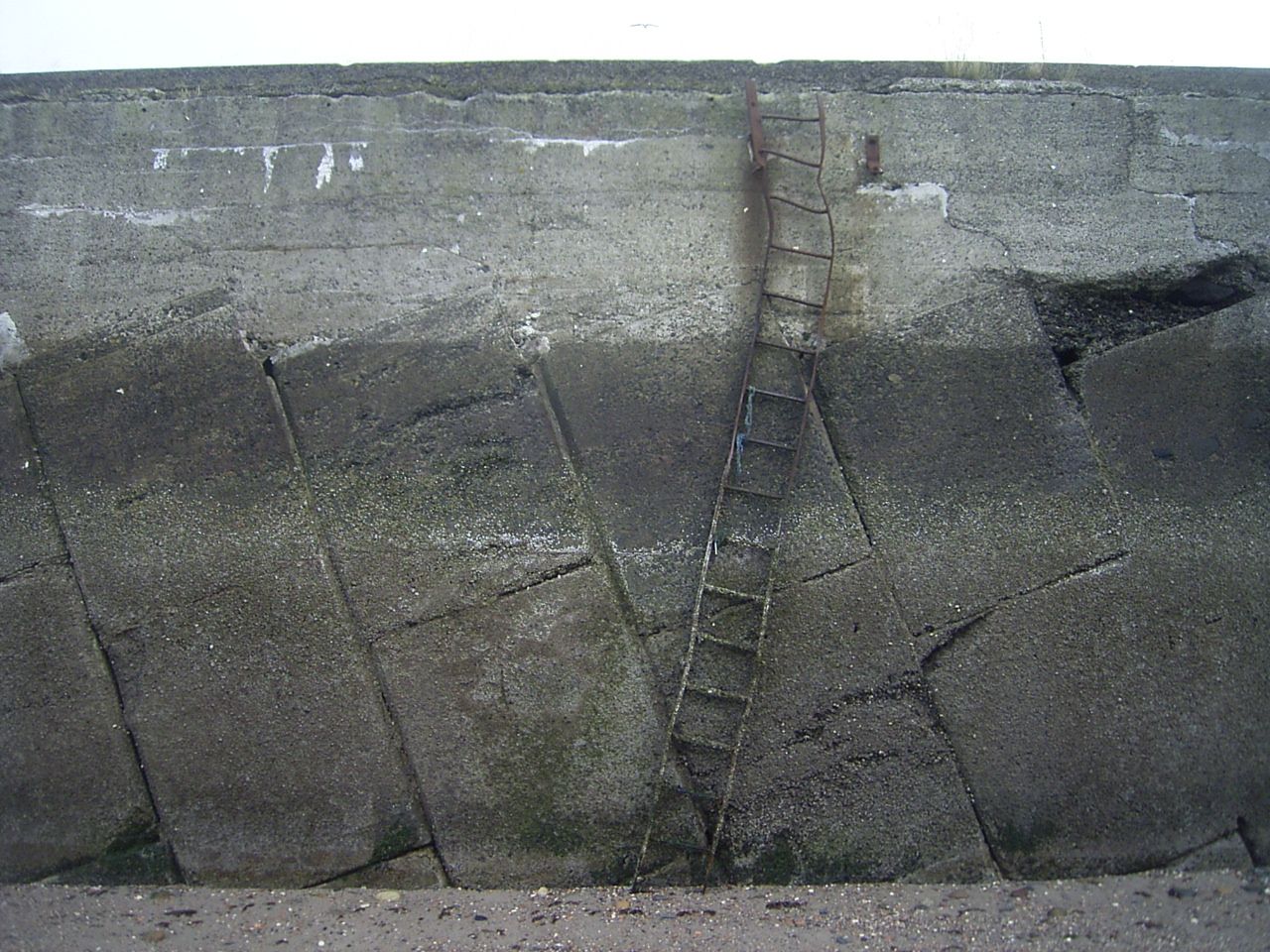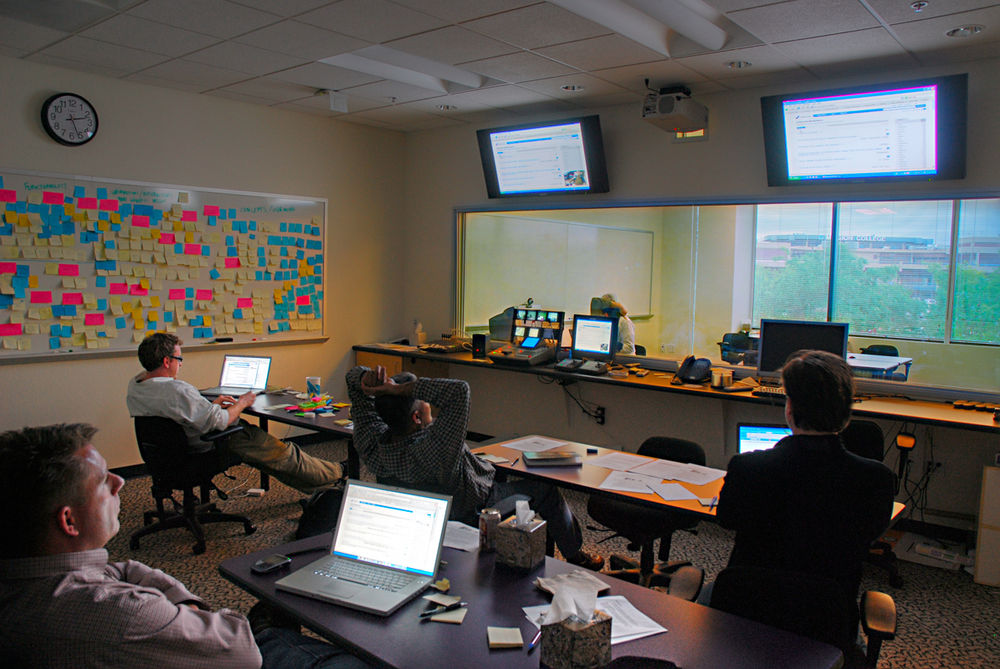Laddering questions help you direct your research in order to get the most valuable information from interview subjects. This can help you expand the remit of the research or to focus it to where the roots of problems really lay.
Laddering questions are a variant of the “5 Whys” principle. The idea is to use questions that begin with “why” to elicit further information from someone to identify the root cause of an issue.
So why laddering questions? Because each question serves as a rung on a ladder. You begin with a piece of information such as “I really like feature X” and then you move down the ladder by asking “Why is it that you really like that feature.”
The person then responds with; “Because it’s the one that I find most useful.” And then you ask; “Why is it most useful to you?”
They say; “Because it’s really important for me to stay in touch with my contacts and getting reminders of their birthdays makes it really easy for me to do that.”
You could, if you wanted, drill even further down. You could ask why they need to keep in touch with their contacts… and so on.
“I really like feature X” doesn’t tell you very much but when you use laddering questions you can start to uncover the underlying reasons for their preferences.
Moving Sideways

Author/Copyright holder: duncan c . Copyright terms and licence: CC BY-NC 2.
It’s also possible to move from one ladder to another. In these instances you don’t need to ask why but other questions that help the person transition from one area to another. So, for example if you are working with someone on a project team and you ask them what they think is most important to the UX of a product and they say; “Interaction Design”. You could then ask; “And what research methods do you think lead to the best form of interaction design?”
Each method they describe would be a new ladder. You could then drill down on each ladder to find out why the person feels that interaction design is so important and why they recommend each method.
When Do Laddering Questions Come in Useful in UX Research?![]()
Author/Copyright holder: Karen Eliot. Copyright terms and licence: CC BY-SA 2.0
Some examples of what laddering questions can be used for include:
Exploring the culture and values of a business or organization
To enhance other research methods
To bring out knowledge and to understand it from other domains or from experts
To examine how features or benefits impact the user experience
To discover actionable data
To help link an individual’s values to your features or brand
Benefits of Laddering Questions
There are some key benefits to the use of laddering questions in interviews with research subjects. These include:
Being able to determine the reasons why someone behaves in a certain way or chooses a certain option.
Being able to reveal additional information when presented with a single piece of information.
Potential Drawbacks of Laddering Questions
There are also some issues that may arise when using laddering questions:
As with all forms of interview – you may only uncover what people “say” rather than what they “do”
By their very nature laddering questions are often repetitive and can become annoying to participants – it’s a good idea to train facilitators who haven’t used the technique before so that they can become comfortable with this and learn to mix up questioning styles to try and relieve the monotony
People may become uncomfortable with answering deep questions – this is often true when corporate politics are the root cause of an issue
Not all information is hierarchically ordered and laddering questions are not always the right choice when information is less ordered. In these cases, using a sideways approach is advised.
A Simple Process for Using Laddering Questions in Your Research
Prepare some laddering question sets prior to starting the research; base this on your estimate of some probable replies. Consider questions that move sideways as well as down the information hierarchy.
Use laddering questions in your interviews to drill down into feature preferences, concept preferences, details of interest, etc.
If a question elicits many responses (for example, you ask what features they might want and they give you a list of 10 features) then work on prioritizing the list with the person before using laddering questions. You might want to examine items at the top or bottom of the list depending on the way you prioritize. You can revisit the next item on the list (or items) once you’ve completely examined the first.
Keep asking laddering questions until you uncover the root cause or you get actionable data. Don’t leave the process half way.
The Take Away:
Laddering questions are useful to help us get specific root cause or actionable data from an interview subject. However, it’s important to collect other data to support inferences from laddering questions. Don’t forget that there’s often a gap between what people say they do and what they actually do.
You may need to spend a little time on developing your skills to ask laddering questions effectively. Ideally, you don’t want to irritate subjects by making them feel uncomfortable. Do back off from laddering questions if they are making the subject hostile, it may be that they cannot or will not discuss the underlying issue (particularly if it relates to problems in your workplace).
Resources & Where to Learn More:
Find out about the 5 whys method which was invented by Toyota’s consultants in the 1970s.
Michael Hawley at UX Matters examines laddering in UX interviews in detail.
This is an excellent academic paper on how laddering can be used in various UX techniques: https://lirias.kuleuven.be/bitstream/123456789/267307/4/Laddering+the+User+Experience.pdf [MG5]
This blog piece by Chauncey Wilson also explores laddering in some detail.
Hero Image: Author/Copyright holder: Marcus Ramberg. Copyright terms and licence: CC BY-NC 2.0












